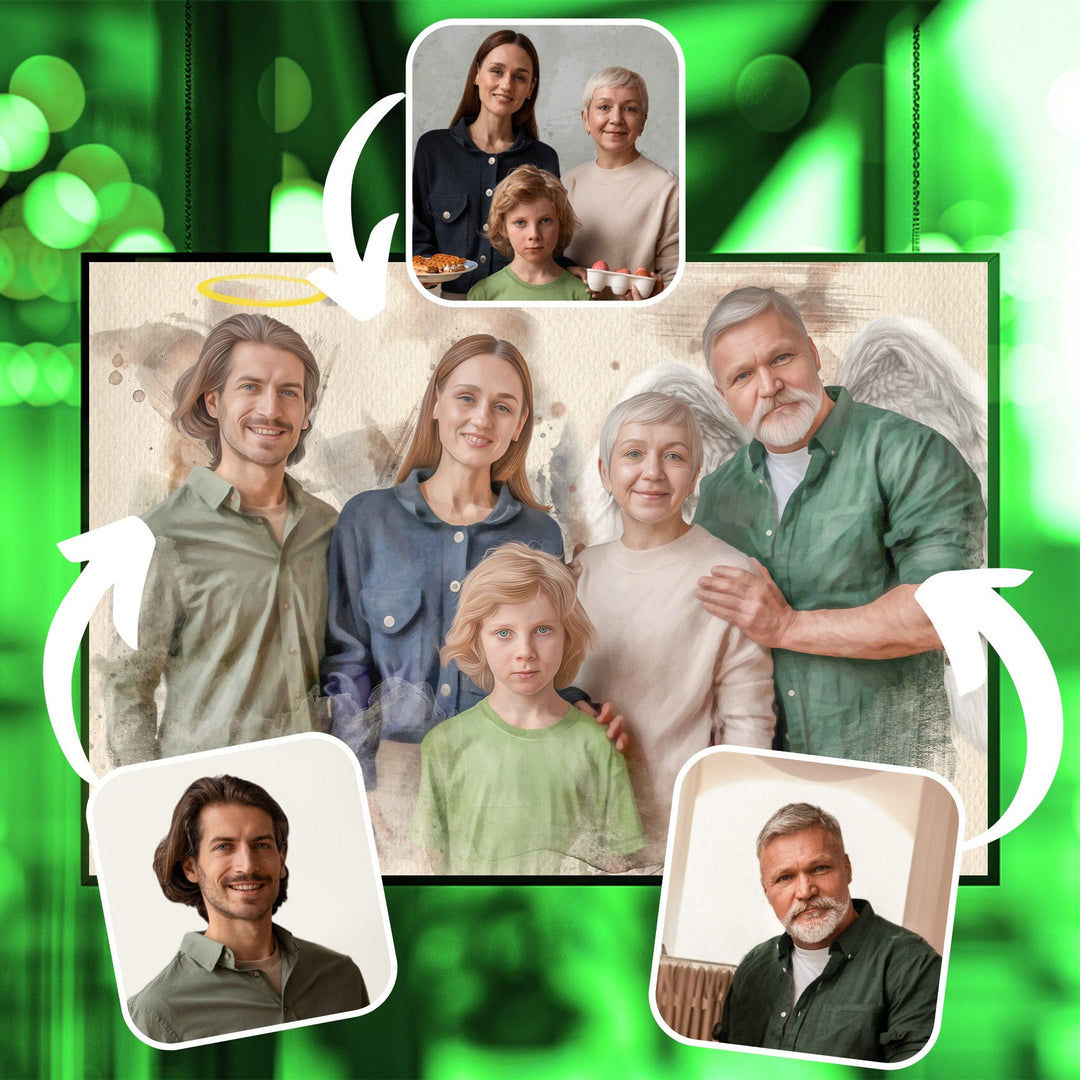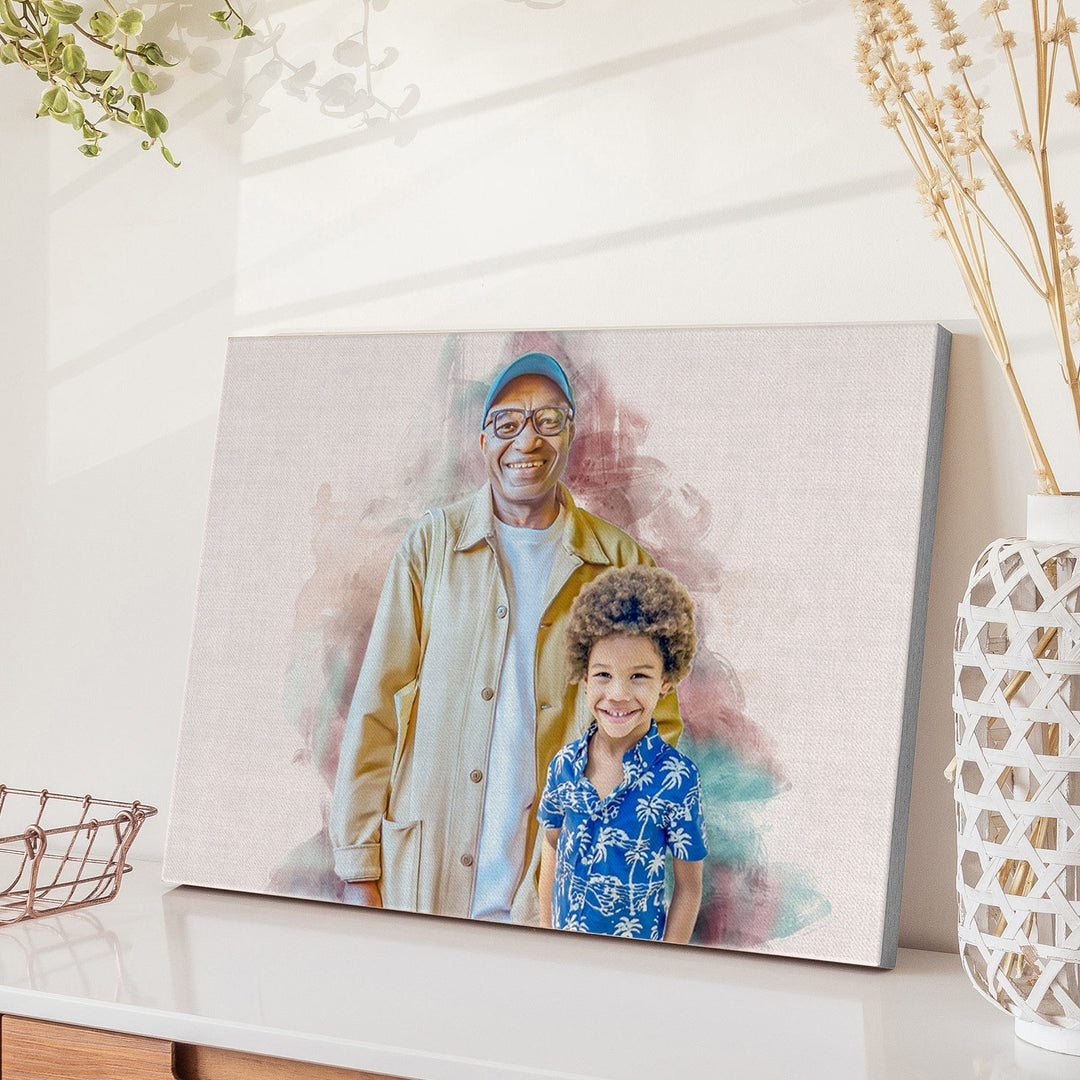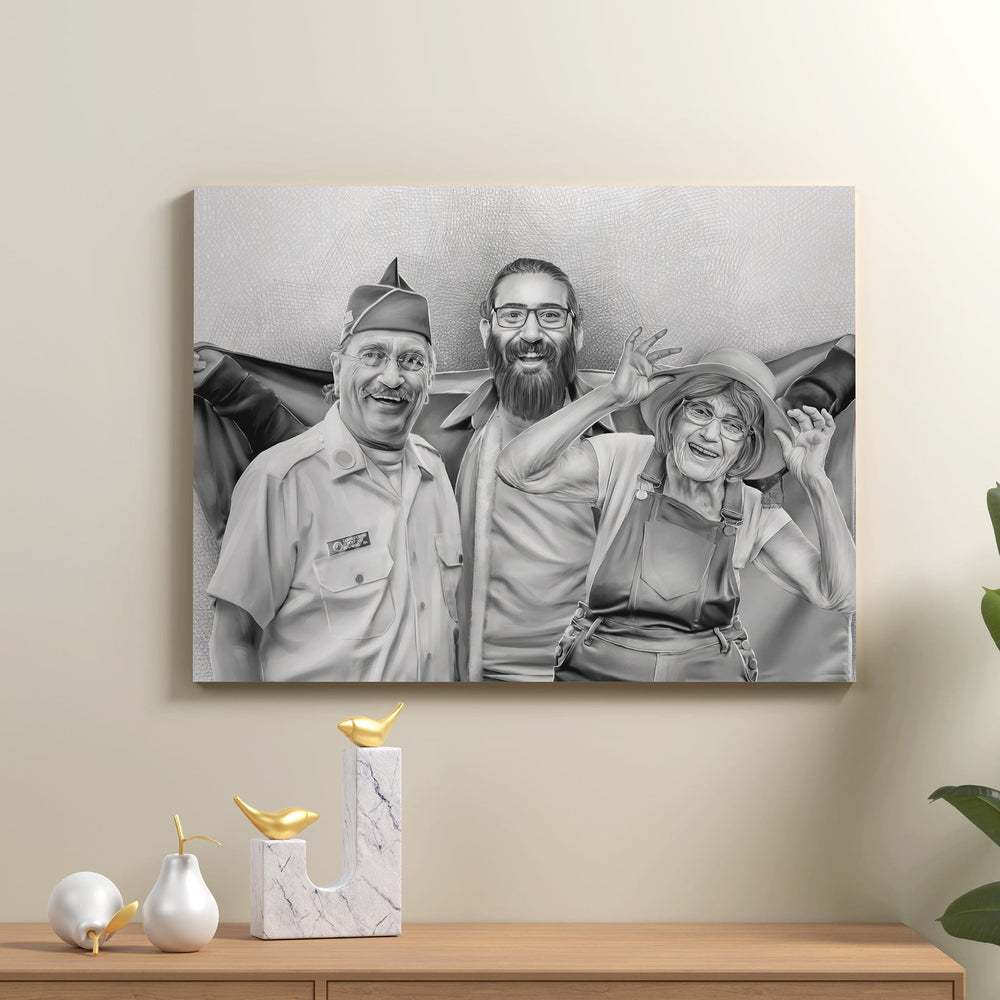4 Pastel Painting Techniques You Should Know

Pastels are well-known for their high brightness and brilliant colors. The high pigment concentration in soft pastels produces intense hues with unique visual impact. Its light touch and velvety texture provide a distinct textural effect to artworks. With pastel painting techniques, an artist can create a pastel drawing with depth and visual appeal.
In this article, we'll discuss how to use pastels, what they are, and how to enhance a soft pastel drawing.

What are Pastels?
Pastels are an art medium of pigments, binders, and occasionally fillers. The pigments are finely ground colorants and create brilliant colors with heavy marks. Quality binders like gum tragacanth or methylcellulose keep the pigments together and help them to stick to the surface. To change the texture and opacity of the pastels, fillers such as calcium carbonate or kaolin clay are added.
Pastel artists often work on textured surfaces such as a piece of paper, textured paper, or canvas when using pastels. They use strokes and combine pastel colors. These are blended using a paper towel, cotton ball, or dense sponges to create soft edges.
Types of Pastels

Soft Pastels
Soft pastels are distinguished from other pastel varieties by their high color concentration and velvety feel. They have a higher pigment content, resulting in bright, deep colors that may have an array of effects on artwork.
Their softness and smoothness allow for a simple application of layers of pastel. This characteristic enables pastel artists to slide the pastel stick across the drawing surface easily.
Mixed media artworks can be produced using soft pastels and other creative mediums, including acrylic paints, watercolors, inks, and collage supplies.
Hard Pastels
Compared to soft pastels, hard pastels provide a unique experience in creating many pastel painting ideas. These have a firmer texture, less pigment, and more binder, resulting in a tougher and less powdery consistency. Its lower pigment concentration allows for more controlled and accurate pastel marks.
Before adding the softest pastels or other mediums, artists frequently use hard pastels for first sketches and underdrawings. Knowing how to color with pastels, especially hard ones, can depict intricate details, textures, and patterns.
Pastel Pencils
The unique version of classic pastels known as pastel pencils gives artists a distinct method for approaching their creative process. Pencil pastels combine the accuracy of a colored pencil with the adaptability of providing an artistic surface using the pastel medium. These pencils can be used to create clean lines, bold lines, or light lines in a pastel masterpiece.
Oil Pastel
Oil pastels offer a distinct and versatile approach to pastel art. Oil pastels have a composition that contains wax and oil as a binder of pastels, which gives them a creamy and buttery quality in contrast to hard or soft pastels. One of its unique characteristics is its ability to blend colors easily, similar to oil paints. It may also be used on various surface textures, like a couple oil painting on canvas or a pet portrait on paper.
Its consistency makes it ideal for adding texture and dimension to artwork, giving it tactile quality and visual interest. Artists can build up layers of color to create three-dimensional effects or sculptural elements within their compositions.
Basic Pastel Techniques

Layering
Layering is used to pastel painting ideas to create richness and a sense of luminosity. The base color is applied to the entire surface, then layers of light tones using broad strokes. Artists can create subtle variations and soft effects by layering different hues, creating visually captivating compositions, especially in a family oil painting.
Blending Techniques
To soften edges, produce realistic gradations, and generate a smooth effect, pastel colors are blended by using additional colors. When blending, artists can use various tools and techniques, including their fingers, springy brushes, sponge tools, or a piece of cloth.
Dry Brushing
Dry brushing applies quality soft pastels to a surface with minimum pressure and pigment. This soft pastel painting technique creates light lines and detailed textures. Dry brushing is excellent for capturing the intricacies of fur and hair when applied to different types of paper.
Scumbling
Scumbling is putting layers of pastel colors to a surface in a light, fractured, or stippled pattern. Instead of blending the colors smoothly, scumbling allows for the underlying layers to show through partially. This approach is excellent for depicting rough surfaces, atmospheric effects, or adding visual interest to artwork.
Frequently Asked Questions
Can you use an oil pastel on an abrasive surface?
Yes, you may use oil pastels on rough surfaces. Oil pastels have a softer consistency than soft pastels and may attach well to various surfaces.
How can I preserve my soft pastel drawing?
Fixatives are spray varnishes made particularly for pastel artwork. They aid in sealing and protecting the surface, avoiding smearing, and assuring the drawing's longevity.
What type is best used for pastel paintings for beginners?
Soft pastels are the most commonly used type in pastel paintings because they are easy to use, have brilliant colors, and can be blended.
Celebrate Life's Moments With Gentle Pastels in Memorialize Art's Artworks
Life is filled with cherished moments that deserve to be celebrated and preserved. Memorialize Art is an expert in bringing together the beauty of soft pastel colors and the art of celebrating life's moments with exquisite artwork. Whether it's a vivid wedding oil painting or a delicate pastel portrait capturing the joy of graduation, these artworks elegantly communicate the spirit of memorable occasions.










